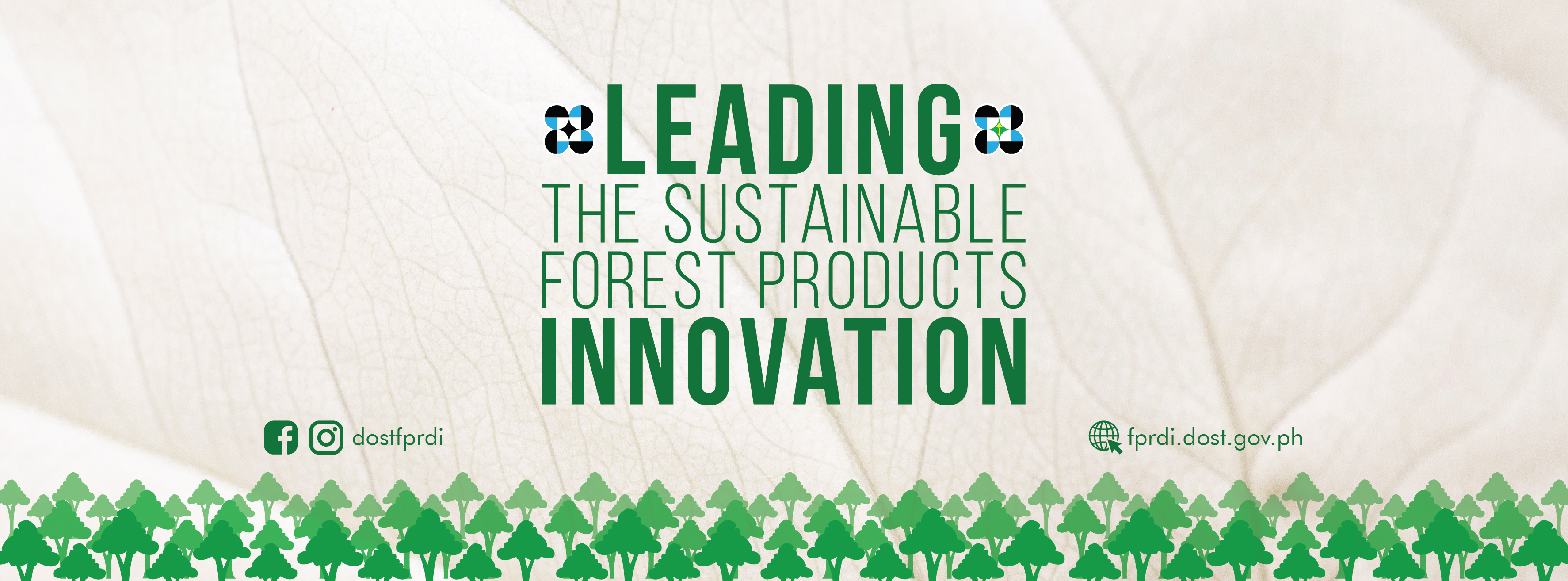Wood Finishing Test
- Details
Wood Finishing Test
- Determines the capacity of coating films to adhere or stick to wood and other substrates.
- Tells whether or not the adhesion is at a generally adequate level for its service life.
- Performed by applying and removing pressure-sensitive tape over cuts made on the film.
- Based on ASTM D3359 (Standard Test Methods for Measuring Adhesion by Tape Test).
Housing and Construction
- Details
Housing and Construction
Concrete Hollow Block Test
- Determines the material's structural reliability and if it can withstand load requirements set by construction firms.
- Based on ASTM C140 -12 (Standard Test Methods for Sampling and Testing Concrete Masonry Units and Related Units).
Concrete Cylinder Test
- Analyzes the compressive strength of concrete cylinder to determine whether or not it can withstand specific forces or loads; concrete cylinder samples must be 6 inches in diameter and should be brought to the laboratory, labelled with specific curing time and then compressed.
- Based on ASTM C873-04 (Standard Test Method for Compressive Strength of Concrete Cylinders Cast in Place in Cylindrical Molds).
Full-Size Beam Bending Test
- Involves testing the beam’s bending strength and elasticity.
- Uses a state-of-the-art data acquisition system with real-time load-deflection graph for instantaneous data analysis.
- Based on ASTM D198 (Standard Methods of Static Tests of Lumber in Structural Sizes).
Lumber Tests
- Assess the physical and mechanical properties of wood and non-wood forest products such as moisture content, relative density, shrinkage, water absorption, thickness swelling, static bending, compression parallel, compression perpendicular, shear, toughness and hardness.
- Based on ASTM D143 (Standard Test Methods for Small Clear Specimens of Timber) and ASTM D1037 (Standard Test Methods for Evaluating Properties of Wood-Based Fiber and Particle Panel Materials).
Wood and Non-wood Materials
- Details
Wood and Non-wood Materials
(Natural Products)
Wood and Wood Products Tests
- Identifiy the physical and chemical properties of wood and other natural products to determine their end-uses; the chemical compositions of wood are grouped into major (lignin, carbohydrates) and minor (extraneous materials, inorganics) components.
- Characterize the chemical nature of natural products using Fourier Transform Infra-red (FTIR) spectrophotometer.
- Based on protocols set by the Technical Association of the Pulp and Paper Industry (TAPPI), American Society for Testing and Materials (ASTM), and other standards as required by clients.
- Determine the thermal properties of natural products using Differential Scanning Calorimetry (DSC) and Thermogravimetric Analysis (TGA).
Essential Oils Tests
- Analyze some physico-chemical properties of essential oils to identify their end-uses or applications, including Fourier Transform Infra-red (FTIR) spectral properties.
- Extract the essential oils using steam distillation or with a hydrodistill equipment called Clevenger Apparatus.
- Determine the essential oils’ percentage yield of volatile oils










